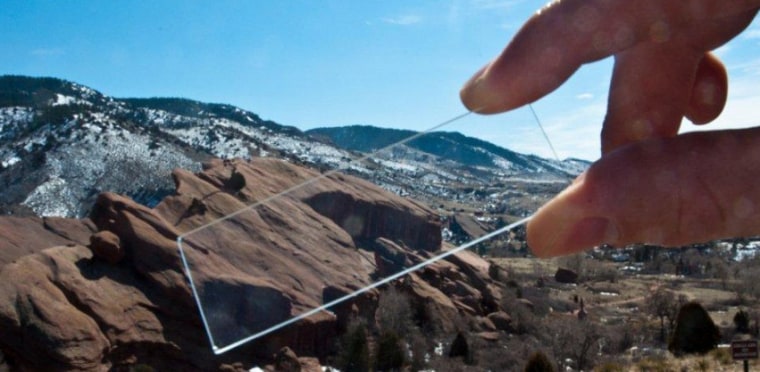
See-through windows that harvest energy from the sun stepped closer to marketplace reality with a nearly-invisible wiring system developed via a public-private partnership, the teams behind the effort announced this week.
The conductive wiring system is an ultra-fine, grid-like pattern that is deposited on the solar energy-harvesting windows. It is nearly invisible to the human eye, according to New Energy Technologies and the National Renewable Energy Laboratory.
The combination of see-through glass doped with solar cells that generate electricity from the sun and nearly invisible wires to collect and transport it should ultimately lead to windows on the outside of skyscrapers, for example, that power office-workers' gadgets.
For now, New Energy and its partners continue to push for improvements in the technology including cell efficiency, durability, and performance; transparency of the glass; and scale up for manufacturing.
A similar solar window technology under development at Pythagoras Solar is being deployed on buildings around the world, including prototypes on the iconic Willis Tower (former Sears Tower) in Chicago.
Ubiquitous Energy, a startup launched by Miles Barr, recipient of the 2012 Lemelson-MIT Student Prize for his work on solar cells that go anywhere, is also working on turning windows into energy-harvesting devices.
In theory, these technologies, combined with approaches such as one that takes a page from frying ants under a magnifying glass and another that hijacks the molecules in green plants that carry out photosynthesis, could start generating electricity anywhere the sun shines.
Then, the question becomes where to store all that electricity.
-- John Roach is a contributing writer for msnbc.com. To learn more about him, check out his website and follow him on Twitter. For more of our Future of Technology series, watch the featured video below.